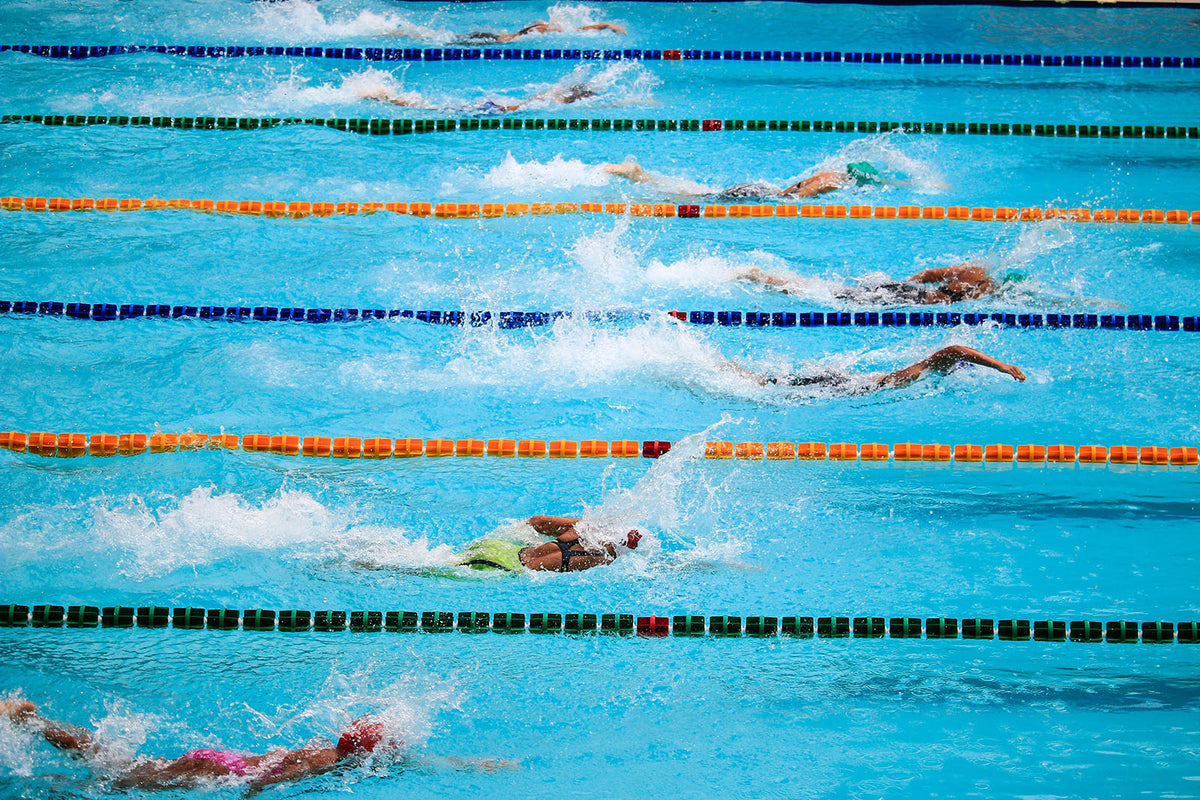
Common Taper Mistakes to Avoid | Preparing for Your Championship Meet
|
|
For competitive swimmers, the weeks leading up to a championship meet are crucial.
It’s not just about the hard work you’ve put in all season; it’s also about how you ease off to ensure peak performance when it counts. This is where the art of tapering comes into play.
Tapering is the deliberate reduction of training volume and intensity before a major competition. The goal is to allow the body to recover from the accumulated fatigue of rigorous training while maintaining fitness levels.
It’s a balancing act – reduce training too much, and you risk losing conditioning; taper too little, and you may enter the competition tired.
Physiologically, tapering allows the body to repair itself. Muscle glycogen stores are replenished, and any microdamage in the muscles heals. This results in fresher, more powerful muscles on race day. Additionally, the psychological benefits include reduced stress and increased mental eagerness to compete.
It's crucial to acknowledge that tapering is not a one-size-fits-all process. Factors like age, muscle mass, and body composition significantly influence how an athlete should taper.
Understanding and adjusting your taper strategy based on these individual differences is key to maximizing performance.
Over-Resting: While rest is crucial during the tapering period, being too inactive can lead to lethargy and a feeling of unpreparedness. It's important to find a balance where you reduce training volume without becoming sedentary. Light activities and maintaining a semblance of your regular routine can keep you mentally and physically primed for the race.
Ignoring Your Body: Tapering is a highly individualized process, and it's essential to listen to your body's cues. If you're feeling overly tired, it may be a sign that you're tapering too quickly or not sufficiently. Conversely, feeling unusually tense or restless might indicate inadequate tapering. Adjust your tapering strategy based on these signals to ensure you're in the best condition for your event.
Neglecting Psychological Preparation: Tapering isn't just about reducing physical training; it's also a crucial time for mental preparation. A common mistake is focusing solely on the physical aspect and neglecting the psychological side of preparation. During tapering, it’s essential to engage in mental training, such as visualization, goal setting, and relaxation techniques. This helps in building confidence, reducing race-day anxiety, and mentally rehearsing for success.
Neglecting this aspect can leave an athlete physically prepared but mentally unready to face the challenges of a championship meet. By ensuring a balance between physical rest and mental sharpening, swimmers can maximize their performance potential when it matters most.
Over-Carb-Loading: Carbohydrates are crucial for storing energy, but there's a fine line between fueling your body and overloading it. Over-consumption of carbs can lead to feeling sluggish and heavy. It's essential to increase carb intake in proportion to your reduced training volume, focusing on high-quality carbohydrates integrated into a balanced diet.
Duration and Intensity: The ideal tapering period varies between swimmers. Generally, it lasts from one to three weeks, depending on the swimmer's conditioning and the events they compete in. During this period, gradually reduce the training volume by 40-60% while maintaining or slightly increasing intensity.
Focus on Technique: With reduced training volume, use the extra time to fine-tune your technique. Work on starts, turns, and stroke efficiency. Small improvements here can lead to significant gains on race day.
Nutrition and Hydration: Don’t drastically change your diet, but pay more attention to quality nutrition and staying well-hydrated. Focus on foods rich in carbohydrates and proteins for muscle repair and energy storage.
Mental Preparation: Tapering isn't just physical. Use this time for mental training. Visualize your races, focus on your race plan, and practice relaxation techniques to manage pre-race nerves.
Rest and Recovery: Ensure you’re getting enough sleep and consider incorporating light, non-impact cross-training activities like yoga or stretching to stay loose without overexerting.
Mastering the art of tapering is a personal journey. What works for one swimmer might not work for another. It requires listening to your body, understanding your training responses, and being flexible to make adjustments.
With the right tapering strategy, you'll arrive at your championship meet in peak physical and mental shape, ready to swim your best races yet. Remember, tapering is the final touch to the hard work you’ve already put in –
